The Board’s or the Nonprofit’s Fault?
When does scary intersect with nonprofits? From a recent BoardSource report, when we're looking for new board members.
BoardSources’s biannual “Leading with Intent Report” indicated that almost half of the CEOs in nonprofits believe their board members could not or would not establish the kind of trust appropriate to serve as a fiduciary. That is quite a statement, to say the least. But that begs the following question: Is that the fault of the nonprofit or of the board member?
Of course, the answer lies somewhere in between instead of definitively at the edges.
From a board member’s perspective, they might try to defend themselves by saying they were never told that this should be a critical element of their job. In fact, they might argue they were unaware of the overall responsibilities, in terms of best practice, that board members should have and they were expecting the nonprofit to deliver those instructions. And there's probably some validity to that. Most nonprofits I've dealt with do not have either a very good vetting process before ever asking a board member to join a board or a very good onboarding process to give them the tools and understanding necessary to be successful.
The nonprofit might argue that the board members should understand the responsibilities before they ever accept the position. Further, based on the mission, innate leadership skills and understanding should have elevated their board members to better understand and embrace the responsibility that comes from serving on a nonprofit board.
In the end, I'm back to something I tell my son all the time. If you want to make improvements, deal with the things you can control. If you only worry about what you can't control, you'll just spin around with no progress.
So, what's controllable here? I would argue to the CEOs, more than half who don't think their board can engender trust, that a nonprofit can change the way it identifies, cultivates, and onboards a board member to ensure they're more engaged and worthy of the responsibility that comes from serving as a fiduciary. If you vet and have open dialogue with potential board members, explaining in detail and in writing, the responsibilities, there's less likelihood that a board member gets into their term without understanding and executing those duties. In the end, the nonprofit can't control what an individual does but the nonprofit can do a better job of due diligence to see if there's a willingness and the aptitude to accept certain responsibilities.
No matter where you fall on this issue, just ignoring it and not trying to solve it could be disastrous for not only individual nonprofits but for the industry as a whole.


